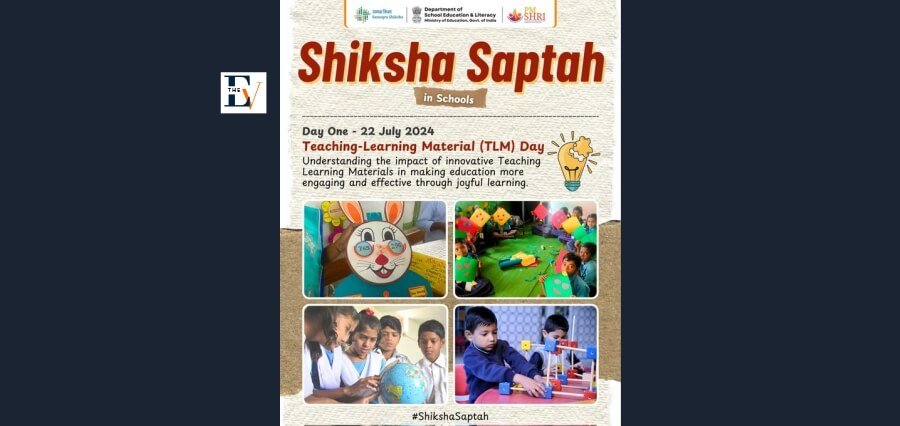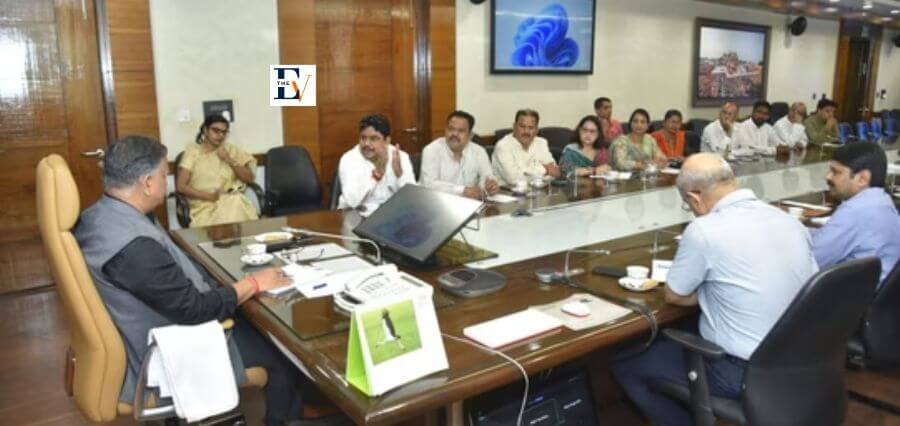Regional Perspectives
India has a rich history of cultures, languages, and traditions, and it is a great source of diversity. As we navigate the dynamic landscape of education, it becomes imperative to tailor learning experiences to the unique nuances of each region.
This article delves into the importance of recognising and incorporating regional perspectives in education, fostering a connection between students and their cultural roots.
- Recognising Linguistic Diversity
India boasts a linguistic diversity that is unparalleled. Each region has its own linguistic identity, from Hindi and Bengali in the East to Tamil and Telugu in the South. Recognising and incorporating this linguistic diversity into education is crucial for effective communication and comprehension. Bilingual education models that integrate regional languages alongside the national language empower students to express themselves more comfortably.
- Embracing Cultural Traditions in Curricula
Cultural traditions are the heartbeat of Indian society. Tailoring education to diverse Indian cultures involves incorporating local traditions, festivals, and historical events into the curriculum. By doing so, students acquire a deeper perception of their cultural heritage and develop a sense of pride and identity. Learning about the local arts, dance forms, and folk tales is integral to the educational journey.
- Customising Educational Materials
The diversity in India extends not just to languages but also to the availability of educational resources. Customising educational materials to suit regional contexts ensures that students have access to content that resonates with their experiences. This might involve incorporating examples from local history, geography, or even regional scientific achievements, providing a more relatable and engaging learning experience.
- Regionalised Teaching Approaches
Different regions often have distinct approaches to teaching and learning. Understanding and incorporating these regionalised teaching approaches into pedagogical strategies can enhance the effectiveness of education. For example, in some regions, a more interactive and collaborative teaching style might be prevalent, while in others, a structured and disciplined approach may be the norm.
- Localising Case Studies and Examples
Case studies and examples are powerful tools in education. Educators can make lessons more pertinent to students’ lives by localising these to reflect regional contexts. Whether it’s business case studies, scientific experiments, or historical examples, grounding them in local scenarios allows students to see the relevance of their education to the world around them.
- Connecting Curriculum to Livelihoods
Understanding the regional economic landscape is essential for tailoring education effectively. Aligning the curriculum with local livelihoods and industries ensures that students are prepared for the specific job market prevalent in their region. This might involve introducing vocational courses, internships, or projects that directly relate to the area’s economic activities.
- Inclusive Representation in Textbooks
Textbooks play a pivotal role in shaping students’ perceptions of the world. Ensuring inclusive representation in textbooks involves showcasing diverse individuals from different regions, backgrounds, and communities. This promotes a sense of inclusivity and allows students to see role models who share their cultural roots.
- Regional Language Literacy Programs
While proficiency in the national language is essential, promoting regional language literacy is equally crucial. Regional language literacy programs can be integrated into the curriculum, emphasising the importance of being multilingual. This preserves linguistic diversity and fosters a sense of belonging among students.
- Cultural Exchange Programs Within India
India’s cultural diversity isn’t limited to state borders; it also exists within the country. Organising cultural exchange programs that enable students to interact with peers from different states fosters a sense of unity in diversity. These programs facilitate the exchange of cultural nuances, traditions, and languages, promoting a deeper understanding among students.
- Folklore and Oral Tradition Integration
India’s oral traditions are a treasure trove of wisdom, passed down through generations in the form of folklore, legends, and myths. Integrating these narratives into the curriculum adds a layer of cultural richness. Whether it’s exploring regional folk tales in literature classes or understanding the historical context behind local myths, students gain a holistic perspective of their cultural heritage.
- Celebrating Regional Festivals in Schools
Festivals are integral to Indian culture, and celebrating regional festivals in schools creates a festive and joyous atmosphere. Beyond the cultural significance, these celebrations offer opportunities for students to participate actively, showcasing traditional attire, music, and dance. It fosters a sense of community and belonging, reinforcing the importance of cultural traditions.
- Environmental Studies Tailored to Local Ecosystems
Environmental studies take on a local flavour when tailored to the unique ecosystems of different regions. Whether it’s studying flora and fauna specific to a region, understanding local conservation efforts, or exploring traditional ecological knowledge, students develop a profound connection to their surroundings and a sense of environmental stewardship.
- History Lessons Through Local Narratives
History lessons can be transformed by incorporating local narratives and historical events specific to each region. Understanding the impact of regional historical events provides students with a contextualised view of their heritage. This approach humanises history, making it more relatable and fostering a sense of pride in the cultural legacies of different regions.
- Incorporating Traditional Art and Crafts in Education
Art and craft are integral components of Indian culture, with each region having its own unique forms. Incorporating traditional arts and crafts in education not only nurtures creativity but also introduces students to the rich artistic heritage of their region. Whether it’s Madhubani painting from Bihar or Pattachitra from Odisha, these art forms become mediums of cultural expression.
- Local Expert Involvement in Education
Bringing local experts, artisans, and community leaders into the educational ecosystem enriches the learning experience. Guest lectures, workshops, and mentorship programs involving individuals with expertise in regional fields provide students with real-world insights. This direct engagement connects theoretical knowledge to practical applications, bridging the gap between academia and the local community.
In conclusion, tailoring education to diverse Indian cultures is not just a necessity; it is a celebration of the nation’s rich heritage. By recognising and incorporating regional perspectives, educators can create an educational tapestry that reflects the vibrant diversity of India. In doing so, education becomes a journey of exploration, connection, and pride in one’s cultural roots.





